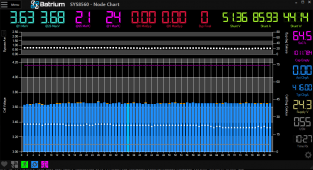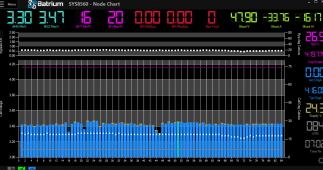LifePo4 has a very flat charge/discharge curve and lithium-ion is not nearly as flat - this makes a difference in the discussion.
In the Lithium-ion case - the 'allowable' delta between cells is really a function of what is OK for your operation as long as the individual cells are healthy (e.g. no self-discharge for example).
As an example - I have 84 packs of 260ah each and I don't bother to balance any closer that 0.04v - e.g. 40mv. During the cycle, the packs diverge up to 80mv max difference and then back to 40mv - and repeat this every day. This is OK since I operate within 4.0v/cell max and 3.54v/cell low. The highest a particular cell would get is 4.08v and on the low side 3.46v - well within safe/long-life operating ranges. It's been 6 months since I've last balanced - and this is the current view mid cycle today - perfectly OK / lack of balance shows healthy cells.

For LifePo4, I understand its better to have 'very close' top balance - more like 10mv max? - because you can't balance mid-discharge curve. But even so as long as your cells are healthy and no 'extreme cell' gets to dangerous/short-life min/max of the series - a little bit of difference is OK day to day to day.
This topic can be one of those OCD 'things' where some focus on continuous, perfect balance when - to me - its really about
1) Am I operating with healthy cells - e.g. no self-discharge, sagging, are they maintaining day to day the same.
2) Am I operating safely / getting the power out of the battery than I want consistent with life-span expectations.





